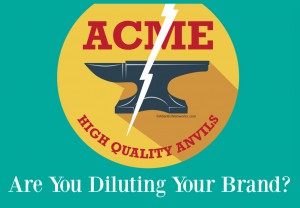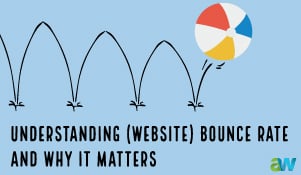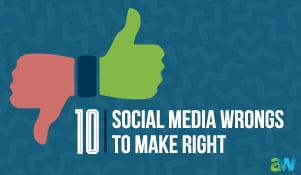 Back in the early days of social media, when companies and individuals were setting up their accounts, there was very little rhyme or reason to what they did. There were companies setting up their pages as "people" not "companies" ("you like a page, you friend a person" was my go-to phrase for a long time)—paying no mind to the icon/avatars they were using, and few actually took the time to create branded cover images.
Back in the early days of social media, when companies and individuals were setting up their accounts, there was very little rhyme or reason to what they did. There were companies setting up their pages as "people" not "companies" ("you like a page, you friend a person" was my go-to phrase for a long time)—paying no mind to the icon/avatars they were using, and few actually took the time to create branded cover images.
What ensued was a giant hodge-podge of confusing messages with little to no fluidity or branding.
Flash forward to now, and most people have gotten the hang of what they're doing and the message they're trying to get across. Companies have figured out which channels work best for them and which ones they can pay less attention to. We've moved from the toddler years of social media into the teenage years.
But every now and again, I'll come across something that just makes me stop, take pause, and wonder what a brand is thinking (or not is quite often the case). They're sending mixed messages, using inconsistent branding, and sometimes they will have multiple pages and accounts for what is really just one company.
Let's look at an example of brand dilution.
Say you run the marketing for Acme Corporation which sells personal defense products. They start off using Acme Corp as their social media "handle," and everyone knows them as Acme Corp and immediately knows what they sell. Now imagine that one particular product at Acme Corp—the Anvil—is really popular and selling like hotcakes. So the marketing person decides that the Anvil should have it's own branding! "We'll launch a new Twitter account, a Facebook page, and an Instagram account just for the Anvil!" she excitedly tells the group. "And since everyone knows Acme Corp sells the Anvil, it'll take off and we'll all be marketing heroes!"
So The Anvil, as a brand, is born and launched.
Except things don't take off the way they thought it would. Acme Corp is still going strong because it's a trusted and loved brand that has had time to build momentum. While people may know that Acme Corp makes the Anvil, they don't put two and two together to understand that the Anvil is THE Anvil. Make sense? And the few people who have jumped on board to support The Anvil now have to pay attention to two different messages that would have gotten more traction coming out of the main corporation's branding.
That, my friends, is diluting your message, and unless you have a REALLY GOOD reason to do it—don't. One brand identity is enough for even the biggest of companies. Fortune 100 companies don't overdo it because they know the value of one strong voice. They will have the one main account, and perhaps, if there is customer service involved, one dedicated to that. But even that is for listening, monitoring, and making sure they don't miss something more than anything else. You will not see @TWC (Time Warner Cable) promoting @TWC_Help in their marketing. Same thing with @GoDaddy and @GoDaddyHelp.
So, as you consider the appropriate voice for your brand, make sure it's one voice. If you have multiple strong sub-brands within your brand, it's perfectly acceptable to fold their“voices” into the main brand. As a matter of fact, you would do yourself a huge service by making it part of your editorial calendar to ensure that you're getting the most out of your exposure!
It's challenging enough to create great content for one brand's channels that adding multiple twitter accounts, etc., is just not worth it. In the long run, building one strong voice is the best strategy.









Leave a comment